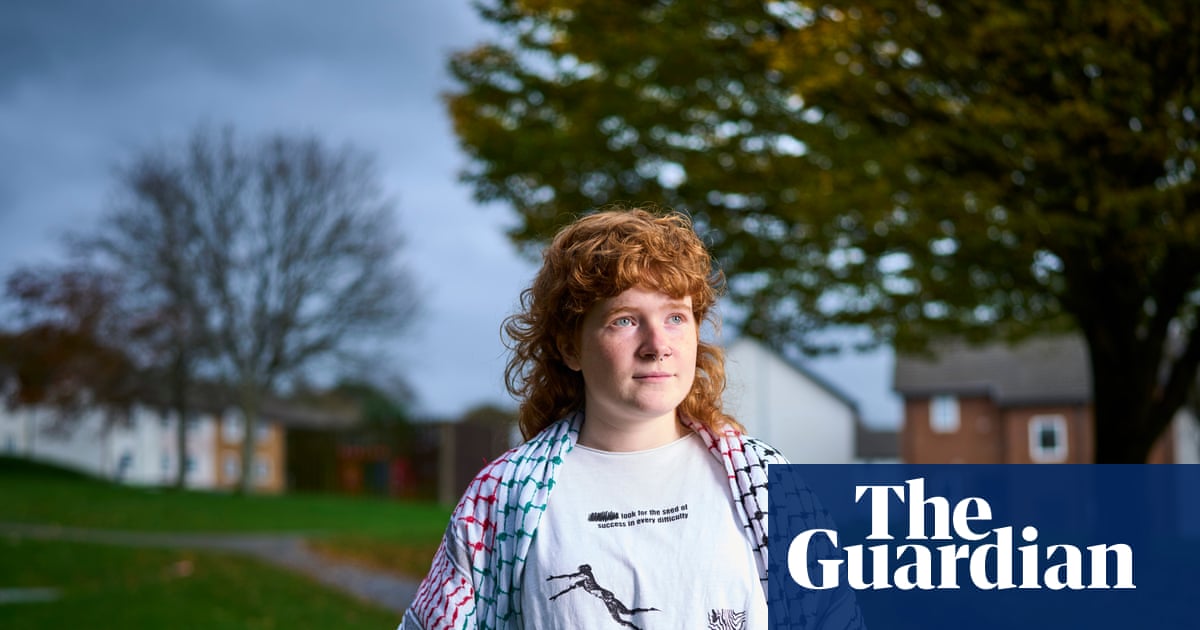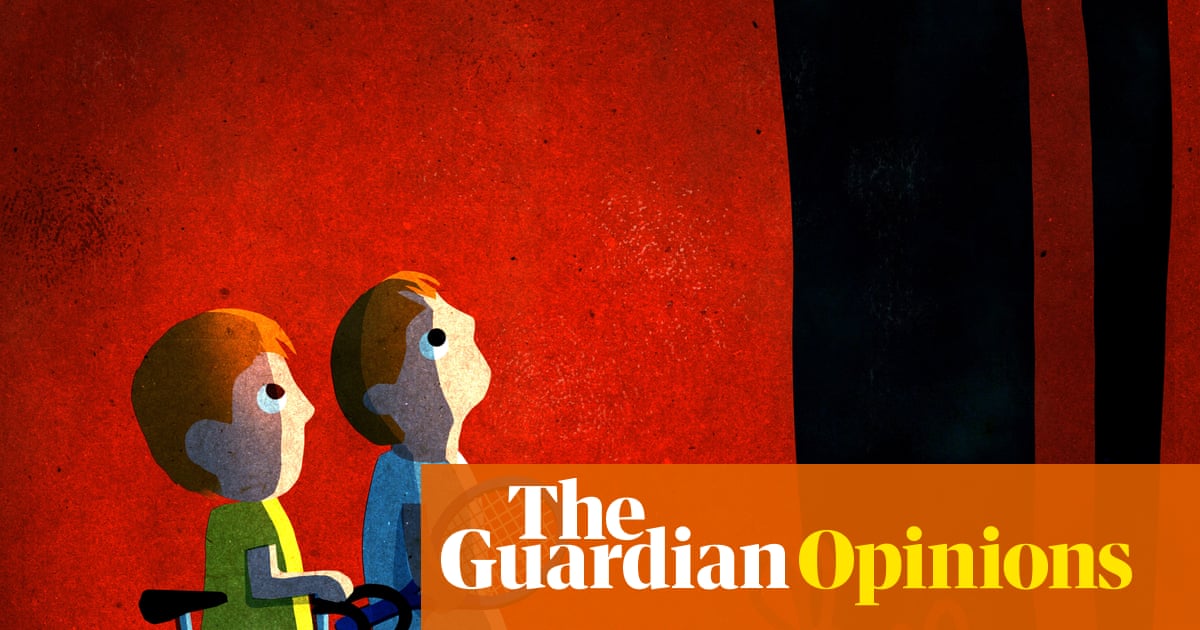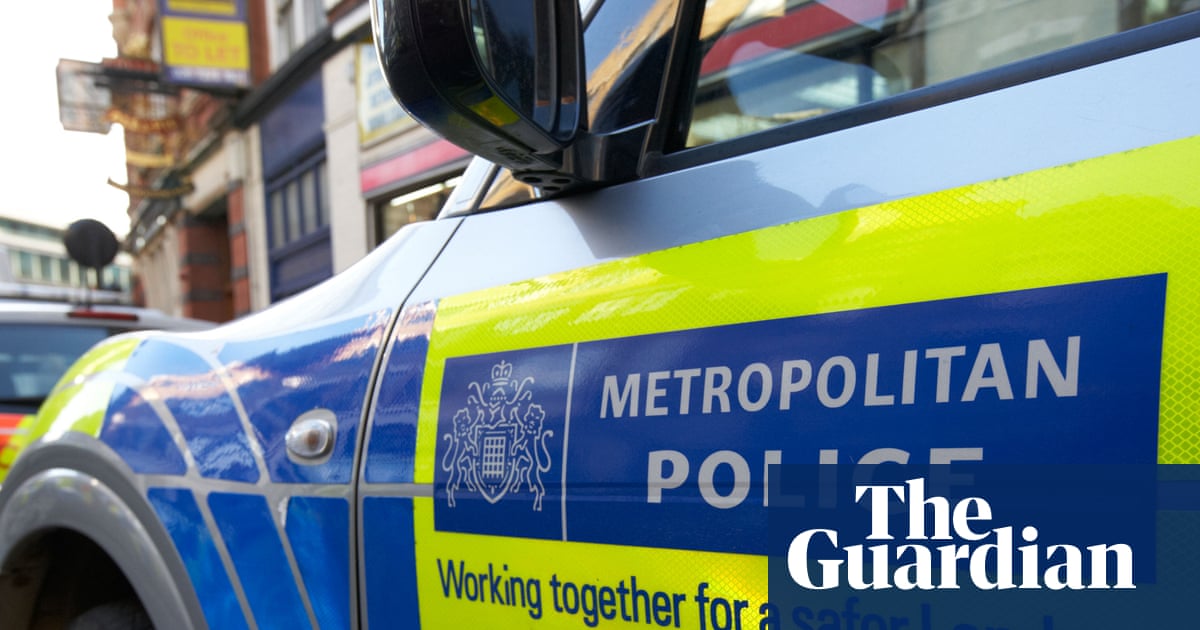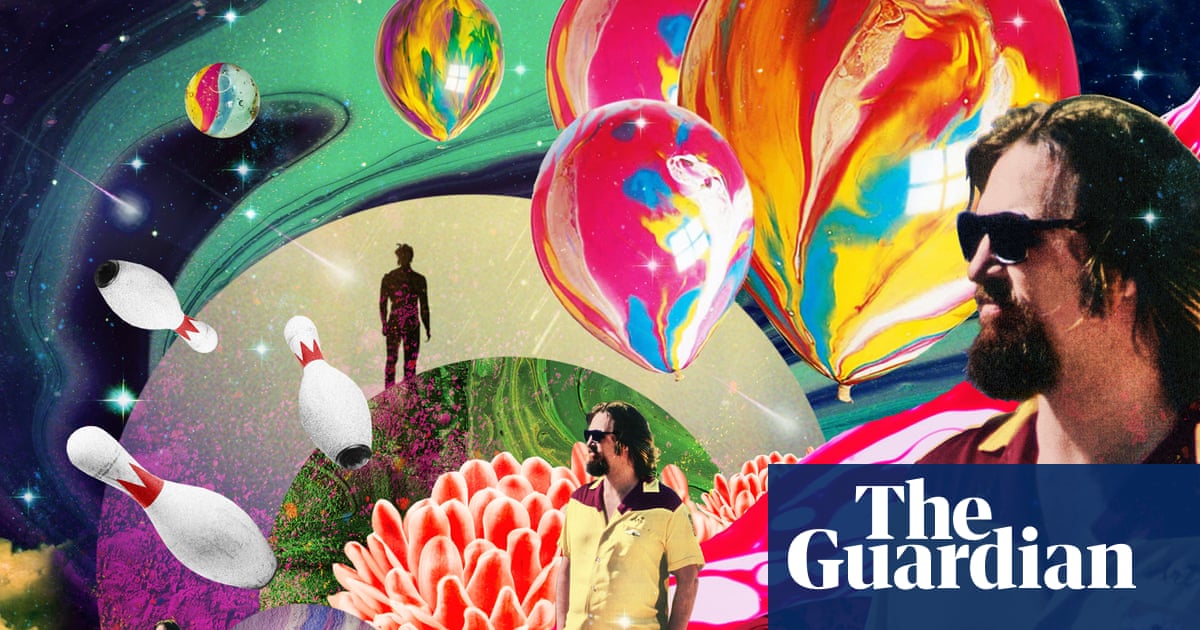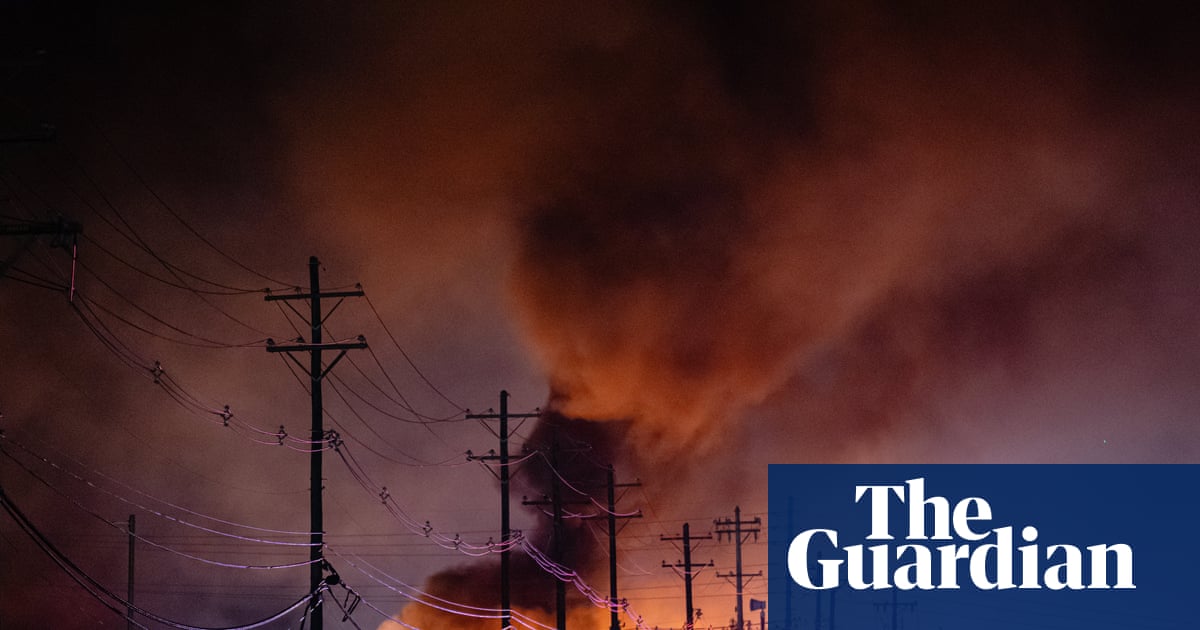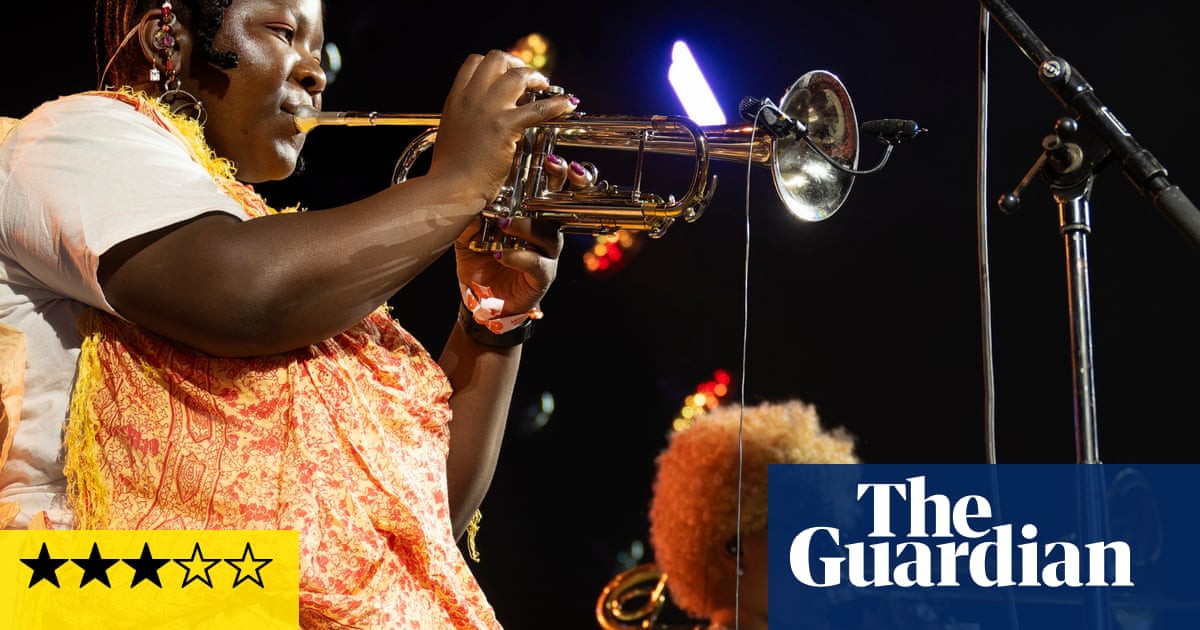It was early morning on 1 January last year when Colin McGarva dived into a flooding river in Worcester to rescue an unconscious woman. McGarva said he didn’t think twice about the risk to himself, or the devastating loss his newborn son would suffer had he too been swept away by the fast-flowing icy waters.
“I didn’t stop to think because the instinct – the instant reaction – is to help someone in need,” he said. “Someone’s life is an important thing. Helping is just something you have to do.”
The concept of heroism was widely discussed last week after the mass stabbing attack on a high-speed train from Doncaster to London. While initial reports told of panic and confusion as passengers – some wounded and bloodied – ran through the carriages, stories of heroism soon emerged.
Samir Zitouni, an LNER employee, was the most high-profile. Taken to hospital after putting himself in the line of danger to save passengers’ lives, he was hailed by police and the transport secretary for “bravery beyond measure”.
“There are people who are alive today who wouldn’t be … were it not for his actions,” announced the transport secretary, Heidi Alexander. But, said his family, “to us, he’s always been a hero”.
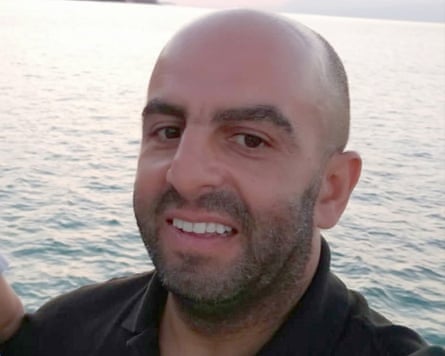
Is there a hero inside all of us? Experts in bystander intervention say there is; that we are all more likely than not to act with selfless heroism in moments of acute threat.
“The notion that people panic and run screaming for the exits is a Hollywood fiction,” said Prof Stephen Reicher, an expert in group behaviour at the University of St Andrews.
“Characteristically, people stay and help each other,” he said. “We found this during the 7/7 attacks on the underground and the 1999 attack on the Admiral Duncan pub in London, where people looked after each other even though they feared other bombs.
“In our own research on the Leytonstone tube attack in 2015, there was an amazing level of spontaneous coordination by bystanders: some directed others away from danger. Some distracted the attacker. Some confronted the attacker. Each was able to act because of the others. Heroism was a feature of the group, not just the individual,” he added.
Prof Clifford Stott, a specialist in the psychology of crowds and group identity at Keele University, agreed. Modern research, he said, showed “bystander apathy” was a myth. Instead, strangers often work together in emergency situations with highly sophisticated unity.
“What modern research shows is that the public are very good at protecting themselves and that the heroic actions that hit the headlines are actually underlying, natural tendencies in all of us.”
That, he said, revealed something very positive about the human condition – but it also indicated that society would benefit from fostering and harnessing this natural capability by helping people to feel empowered to take control during emergencies.
“This will become increasingly important because of the broader challenges society will soon face – at the very least, there are going to be many more climate-related mass emergencies,” he said. “We need to scaffold local resilience and build infrastructures within local communities that help them to organise and help manage that motivation that people have to step in.”
Prof John Drury, a social psychologist specialising in the study of collective behaviour at the University of Sussex, agreed. “Authorities arriving at emergency scenes need to support and facilitate people’s strong, natural tendency to group together and help each other,” he said.
The language used by police and other first responders was subtle but key to this, he said, pointing to the use of positive, unifying language: “Talk about ‘the community’ rather than ‘the public’, and about ‘us’ and ‘we’,” he said. “Focus on shoring up that sense of connection within the group you’re talking to, and between yourself and that group.”
Dr Gill Harrop, who leads the Bystander Intervention Programme at the University of Worcester, said many institutions were already actively working towards building a culture of helpers.
“We’re seeing this happening now with bystander intervention training in schools, colleges, universities, policing and even the NHS,” she said. “We are slowly but surely creating communities of active bystanders. And that’s wonderful.”

 2 hours ago
7
2 hours ago
7

